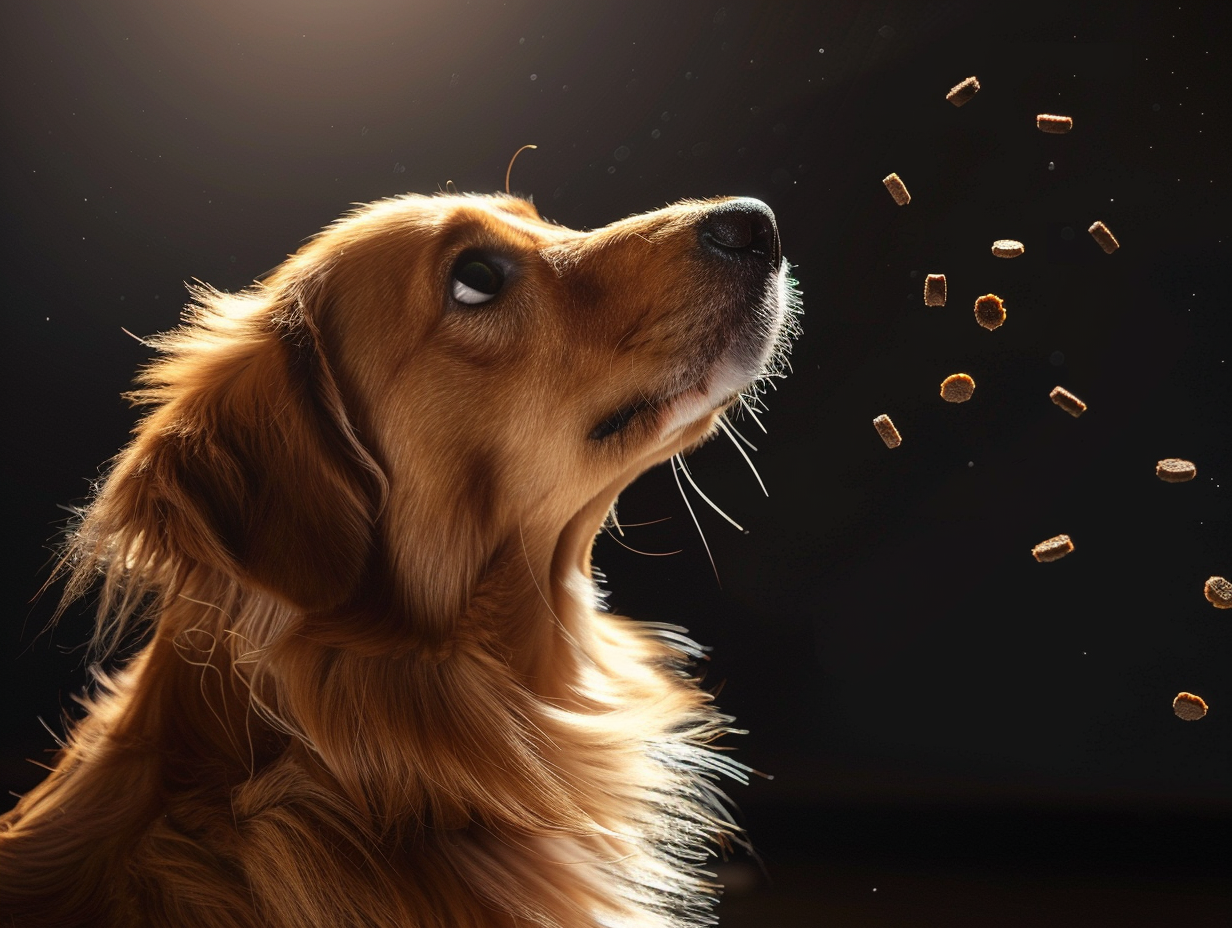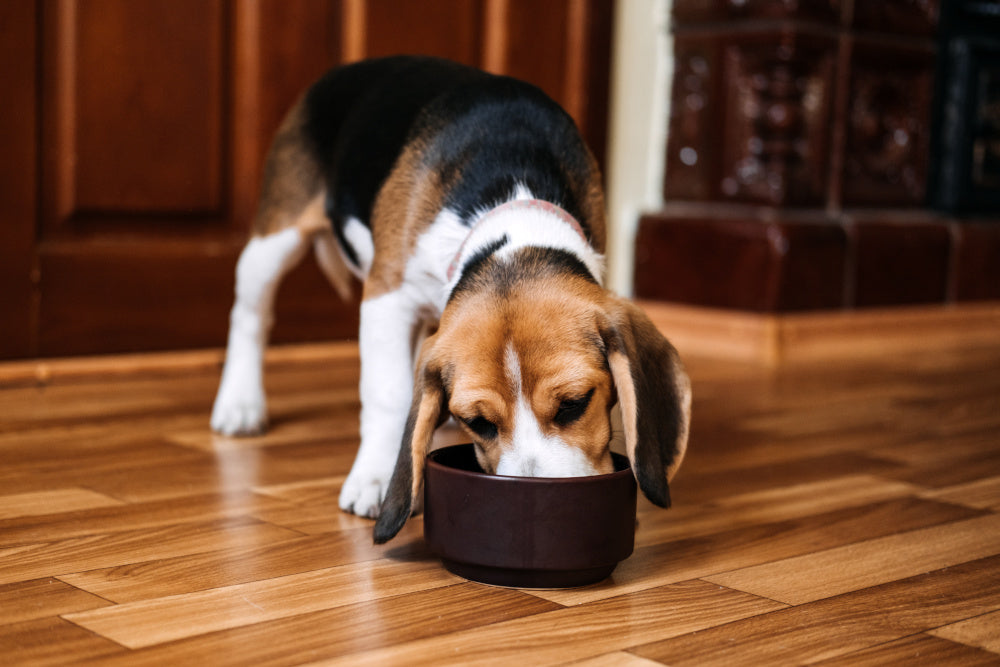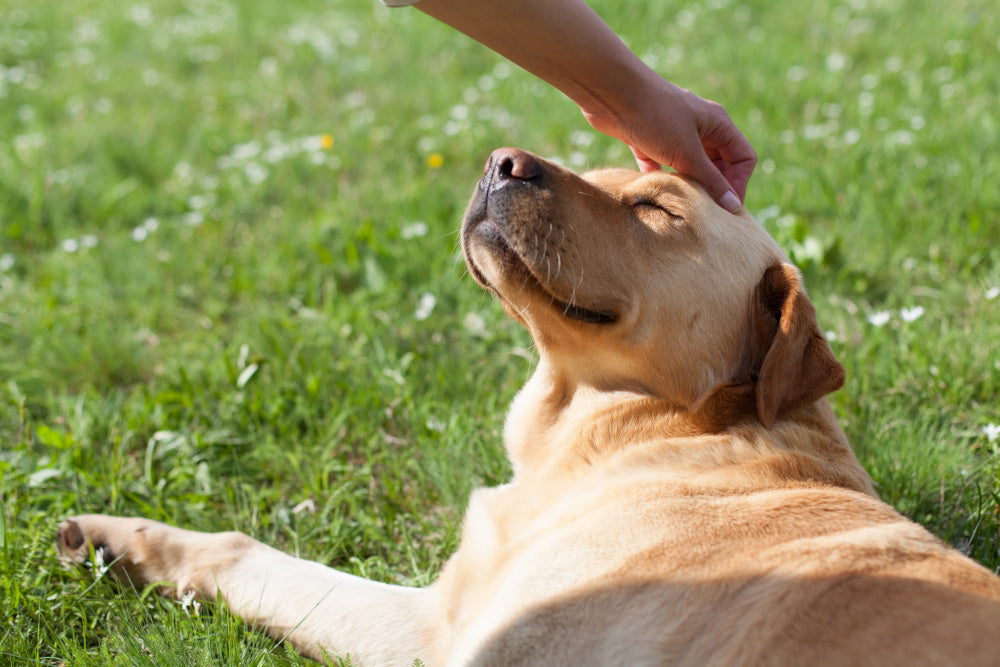Pet owners usually take note of the ‘best before’ date printed on the dry dog food label. However, do you know that the actual shelf life of the food can vary depending on your storage solution?
You heard that right! Properly storing your dog’s food is essential to maintain its quality, safety, and nutritional value. This statement raises many concerns, especially “What’s the best way of storing dry dog food?” and “How long can dry dog food sit out?”
In this article, we’ll answer all these questions and guide you through adequately storing your dog food to increase its shelf life.
What's The Shelf Life of Dry Dog Food?
Dry dog food has a long shelf life, but exposure to air, moisture, and temperature fluctuations can accelerate its degradation. If you leave some kibble in your dog’s bowl, it can become rancid quickly.
Ideally, the food should be consumed in a bowl immediately. However, if you have accidentally left some food out, you should be safe to feed it to your dog within 24 hours.
Also note that the 24-hour time limit depends on various factors, such as the food's ingredients and the area's temperature and conditions. Depending on the conditions, food can stay out for a shorter or longer time than 24 hours.
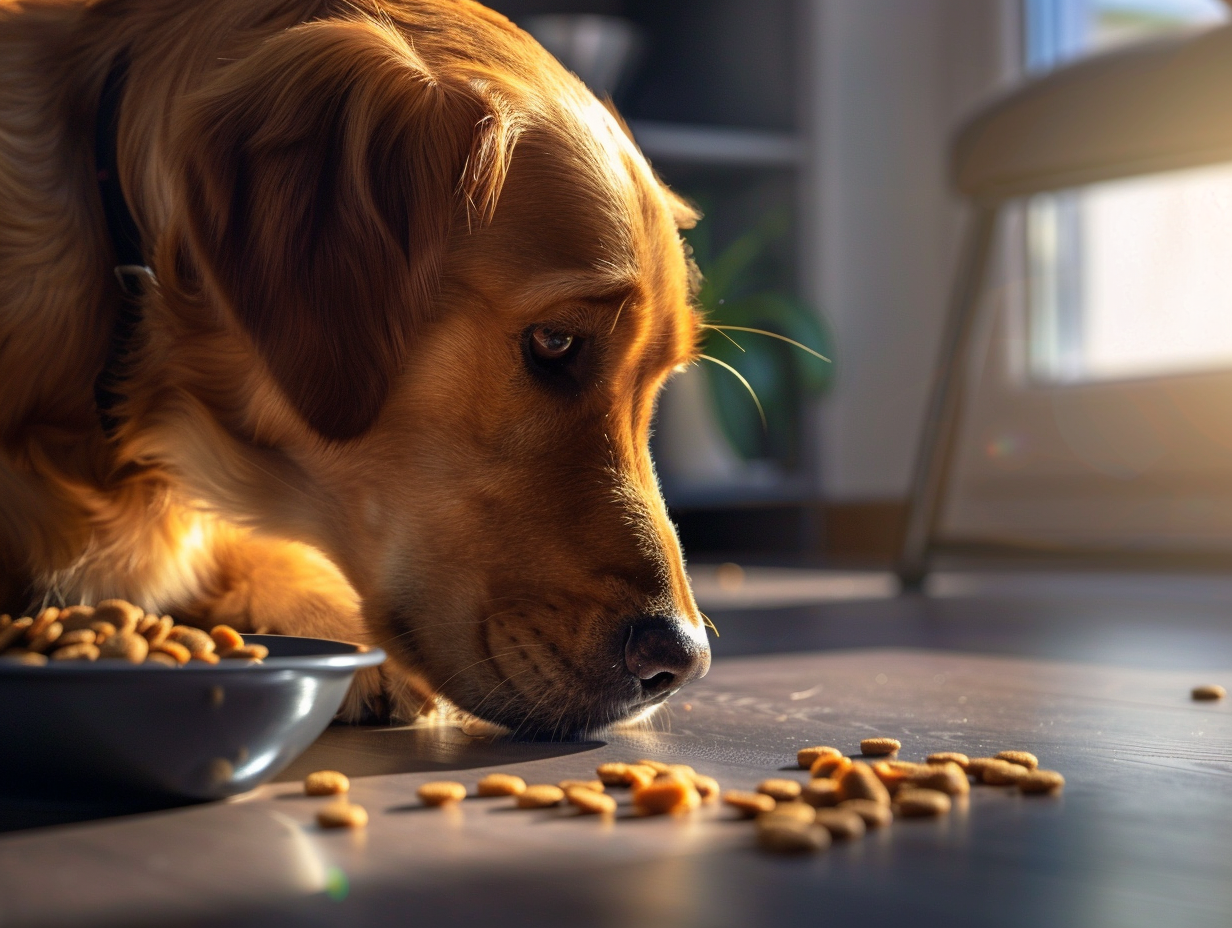
5 Key Ways to Tell When The Dry Dog Food Has Gone Bad
Look out for the following signs if you’re unsure about whether the dry food is safe for your dog:
1. Smell
If you have been buying dog food for a long time, you’ll probably recognize its smell. Therefore, when the food goes bad, you should be able to tell by how the scent changes and becomes unpleasant.
2. Texture
Kibble loses its crunchy texture when it becomes stale. It will often turn soft and can crumble when touched.
3. Mold
Stale kibble can become moist, and moisture attracts mold. Mold can appear in white, gray, or green patches and poses a health risk for your dog.
4. Pests
Pests like ants, rats, and roaches love dog food. If left in the open, it can attract these insects and lead to a potential infestation.
5. Your Dog’s Reaction
Does your dog love his kibble but is suddenly turning up his nose to the food bowl? This could be a sign that there’s something wrong with the food.
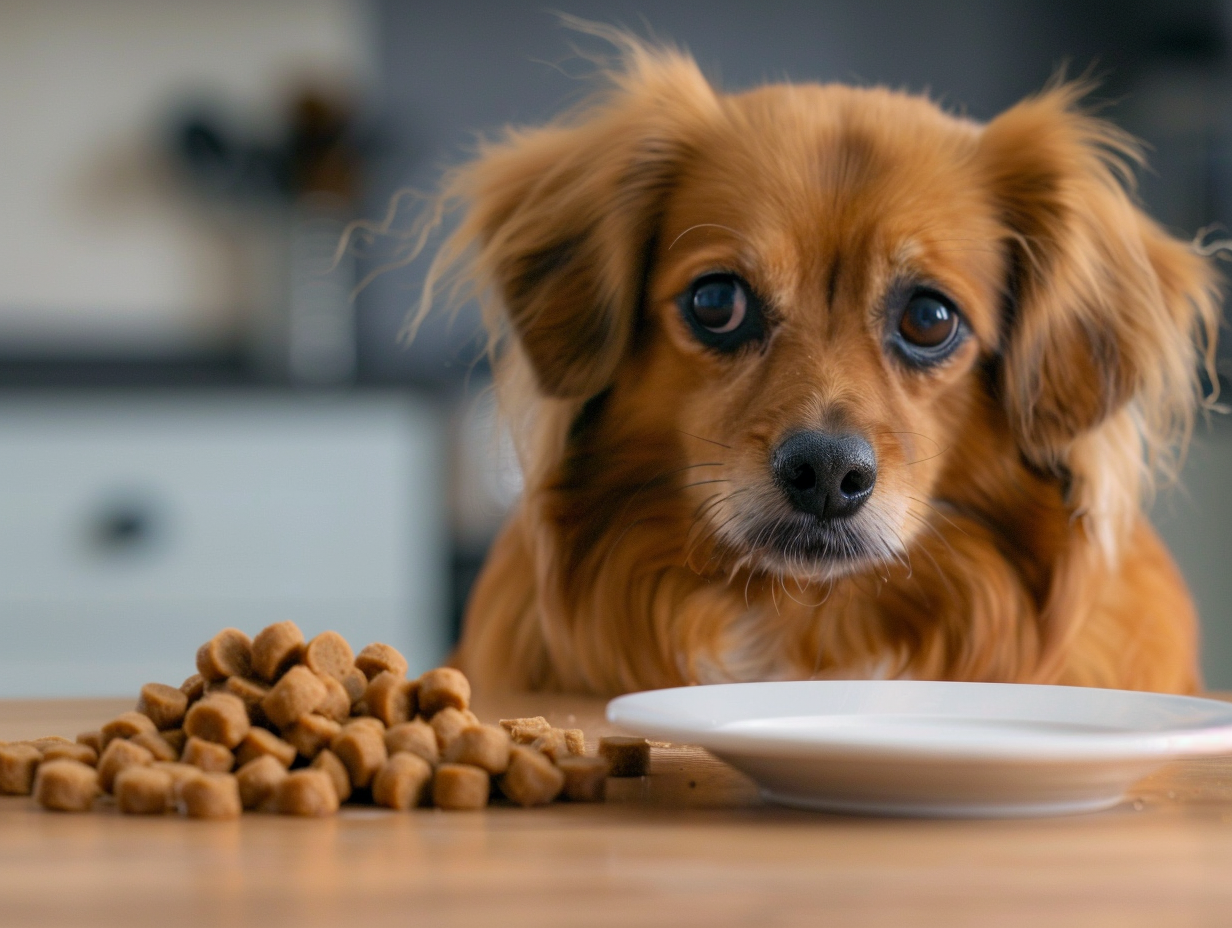
7 Excellent Ways To Store Dry Dog Food
Below are seven ways in which you can adequately store your dog food to extend its shelf life:
1. Keep the Original Packaging
High-quality dog food comes in packaging designed to keep it fresh for a longer period of time. However, this can get messy, especially if the food doesn’t come in resealable plastic bags. Thus, the best option is to keep the food in its original packaging and put that packet in another airtight container. It’ll provide a double layer of protection.
2. Use Airtight Container
Airtight packaging protects the food against external elements such as moisture, air, and pests. That’s why it’s recommended always to store dry dog food in an airtight container to preserve its freshness.
3. Wash the Container Regularly
Pet owners often refill the storage container when the pet food runs low. Remember to wash the container, especially when the food is stored in the original packaging. You should clean the container regularly, even though it may not be in direct contact with the food. It’ll help maintain proper hygiene and cleanliness.
Also, after washing the container, ensure it’s properly dry before putting the dog food pack back inside.
4. Avoid Heat & Direct Sunlight
Dry dog food should be stored in a cool and dry place. It’s crucial because when the food is exposed to direct sunlight or heat, it will start to lose its essential nutrients and can become rancid. It can also lead to temperature fluctuations, creating a moisture-prone environment that promotes mold and bacteria growth.
5. Follow the Manufacturer's Guidelines
Depending on your dog’s food ingredients, there can be different storage instructions. Therefore, it’s essential to read the food label properly and follow all the instructions given by the manufacturer.

Summing Up
Dry dog food left out should be consumed within 24 hours. Food that has been out for more than the recommended time should be discarded to ensure your dog’s safety. Additionally, it’s recommended that you properly store your dog’s dry food to maintain its freshness and nutritional integrity.
It is ideal to keep the food in its original packaging and the packet in an airtight container. Furthermore, the container must avoid heat, moisture, and direct sunlight. These simple practices will help extend the shelf life of your dog’s food and promote its overall well-being.
FAQs
Let’s answer some frequently asked questions about storing dry dog food:
1. How long can dog food sit out?
Ideally, the food should be consumed in a bowl immediately. However, if you have accidentally left some food out, you should be safe to feed it to your dog within 24 hours.
Also note that the 24-hour time limit depends on various factors, such as the food's ingredients and the area's temperature and conditions. Depending on the conditions, food can stay out for a shorter or longer time than 24 hours.
To be safe, discarding any food that has been sitting out for more than 24 hours is recommended.
2. Does dry dog food go bad if left out?
Yes, dry dog food can go wrong if left out for a prolonged period. When the food comes in contact with air, moisture, and heat, it can lose essential nutrients and become rancid.
3. How long does dry dog food stay fresh?
It depends on various factors, such as the ingredients in your dog food and the temperature conditions in the area. Ideally, you should avoid feeding your dog any food left out for more than 24 hours.
Reference: https://www.petmd.com/blogs/nutritionnuggets/jcoates/2012/apr/how_to_keep_dog_food_fresh-13975


